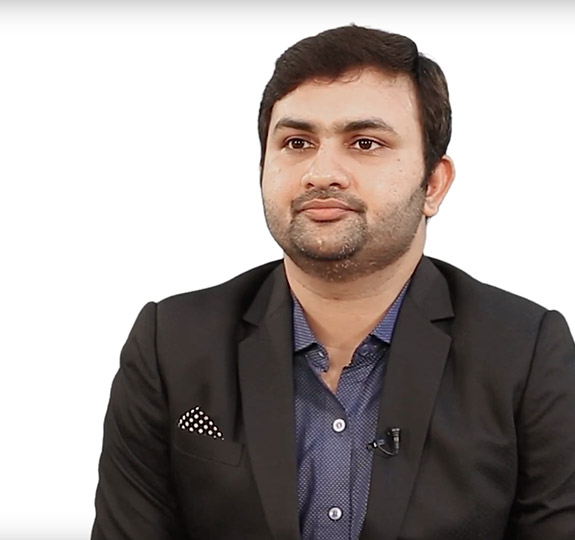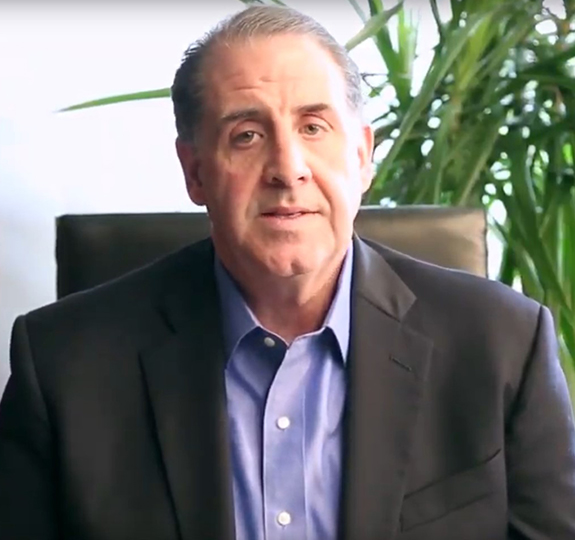Wipro delivers a seamless insurance sales and service journey for our clients by leveraging robust and elastic IT infrastructure (application and Infra) and automation (Cognitive and Robotic).
With our breadth of experience serving global insurance and re-insurance companies in sales and distribution, new business and underwriting, policy administration, claims, billing, accounting, risk and compliance, brokerage and third party administration, Wipro offers you a robust and comprehensive service portfolio, product offerings, and deep expertise in design and engineering
We leverage a set of innovative technology platforms such as Cognitive Systems, Robotics, Human Machine Interface, Smart Connected Devices, Next Gen App Architectures and Software Defined Everything to deliver digitally-enabled business processes and domain-centric solutions.

Kholofelo Maketa speaks about how Wipro assured the seamless integration of Liber8, a brand new financial service offering to its existing Application Ecosystem.

Manish Mimani, VP - IT, Aviva – speaks on how Wipro Holmes automation solution helped Aviva increase productivity and optimize cost

Tom Nogles, Head of Technology, Hartford Funds - discusses how Wipro provided our development services, managed services, and leveraged our cloud infrastructure to drive true business value for Hartford

Karni Singh Arha, Chief Finance & IT officer, Aviva India - Speaks on transformational journey, Wipro Holmes and strong partnership